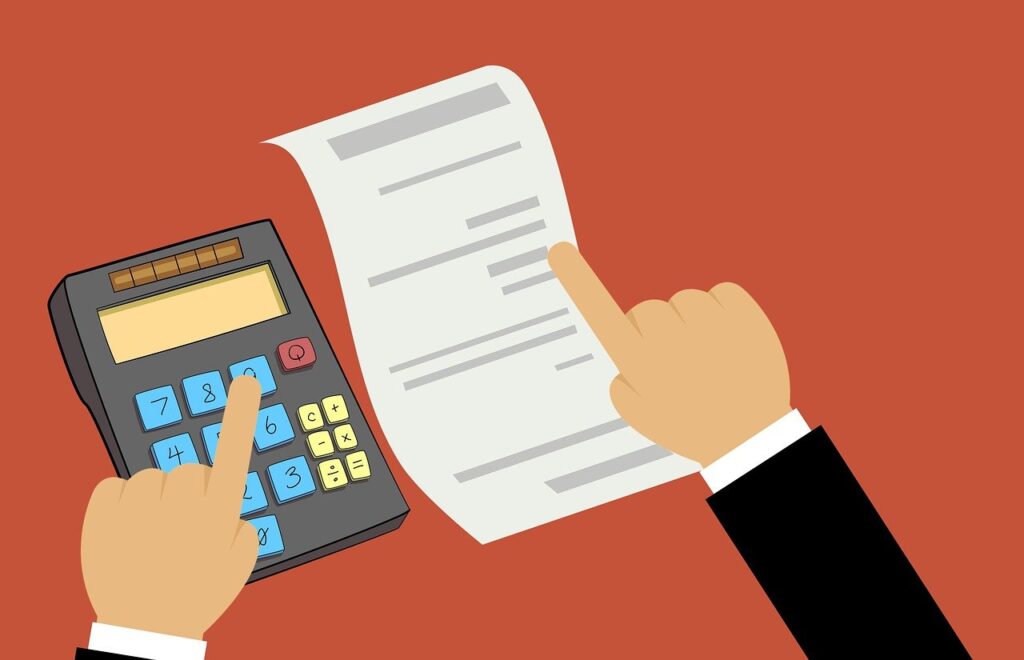
Intro
Are you tired of living paycheck to paycheck? Do you struggle to make ends meet and find yourself drowning in debt? It’s time to take control of your finances and adopt a more frugal lifestyle. Living frugal doesn’t mean sacrificing all the things you love, but rather finding ways to cut back and look for savings in your everyday life. In this blog post, we will discuss 7 simple habits on how to live frugal and stay debt-free. By implementing these tips, you’ll be able to make every cent count and achieve financial stability.
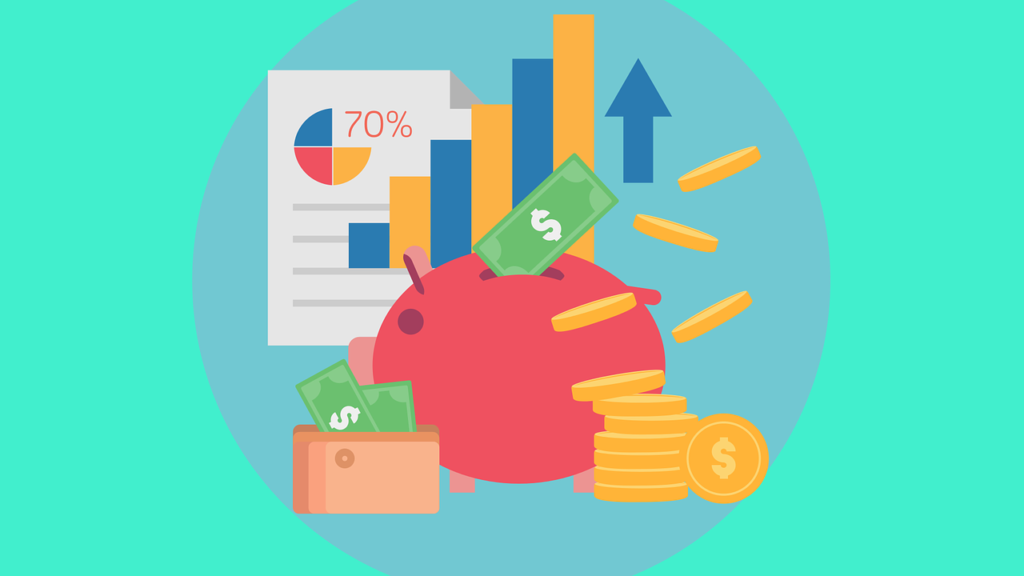
Creating and Sticking to a Budget
Creating and sticking to a budget is the foundation of living a frugal lifestyle and staying debt-free. It may seem daunting at first, but with a little discipline and determination, you can take control of your finances and start saving money.
The first step in creating a budget is to gather all your financial information. This includes your income, expenses, and debts. Take a close look at your monthly expenses and identify any areas where you can cut back. This could be as simple as canceling unnecessary subscriptions or eating out less often. Every small expense you eliminate adds up and allows you to save money.
Once you have a clear picture of your income and expenses, it’s time to allocate your funds. Start by setting aside money for your necessities such as housing, food, and utilities. Next, determine how much you want to save each month. It’s recommended to aim for at least 20% of your income, but even saving 10% is a great start. Lastly, allocate a portion of your income for discretionary spending, such as entertainment or hobbies. This will prevent you from feeling deprived and give you a sense of balance in your budget.
To make budgeting easier, consider using digital tools or apps that help you track your expenses and stick to your financial goals. Many of these tools can sync with your bank accounts and credit cards, making it easier to see where your money is going. By keeping a close eye on your spending habits, you’ll be able to identify areas where you can make adjustments and save money.
Sticking to your budget requires discipline and consistency. It’s important to review your budget regularly and make adjustments as needed. Keep yourself motivated by setting short-term and long-term financial goals. Whether it’s paying off debt, saving for a down payment, or taking a dream vacation, having goals in mind will keep you focused and on track.
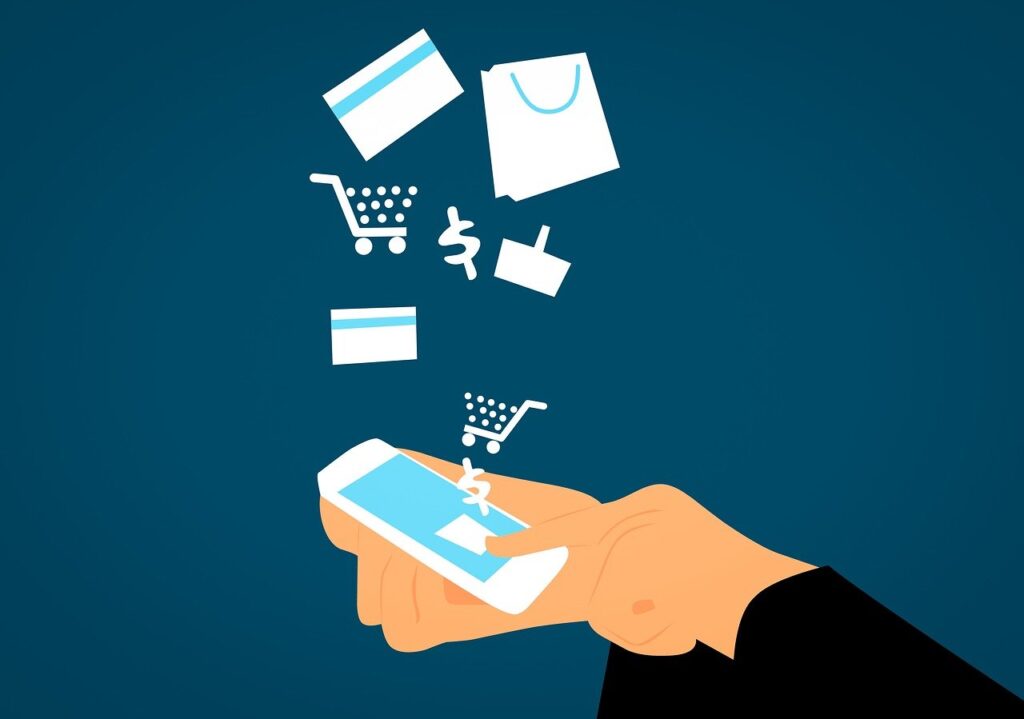
Shop Smart and Cut Unnecessary Expenses
In order to live a frugal lifestyle and stay debt-free, it’s essential to shop smart and cut unnecessary expenses. By being mindful of your spending habits and making intentional choices, you can significantly reduce your monthly expenses and save money for the future.
One of the first steps to cutting unnecessary expenses is to prioritize your needs over your wants. Take a close look at your spending habits and identify any areas where you tend to overspend. Are you buying clothes or gadgets that you don’t really need? Are you eating out or ordering takeout more often than necessary? By recognizing these patterns, you can make a conscious effort to cut back on these expenses.
When it comes to shopping, it’s important to be a savvy consumer. Start by making a list before going to the grocery store and stick to it. This will help you avoid impulse buys and prevent you from purchasing items that you don’t really need. Additionally, consider buying generic brands instead of name brands. Often, generic products are just as good as their branded counterparts but come at a much lower price.
Another way to shop smart is to compare prices and look for deals. Before making a purchase, take the time to research and compare prices online or visit multiple stores to find the best deal. You can also use coupon websites or apps to find discounts and special offers. Remember, every dollar you save adds up, so investing a little time in finding the best prices can result in significant savings over time.
Cutting unnecessary expenses also means reevaluating your subscriptions and memberships. Take a look at all the subscriptions you currently have, such as streaming services or gym memberships, and determine if you’re truly getting value from them. Cancel any subscriptions that you rarely use or don’t find necessary. You might be surprised at how much money you can save by eliminating these recurring expenses.
Lastly, when it comes to cutting unnecessary expenses, it’s important to avoid emotional or impulse purchases. Take a moment to pause and reflect before making a purchase. Ask yourself if you really need the item and if it aligns with your financial goals. By adopting this mindset, you’ll be able to make more informed and deliberate spending decisions.
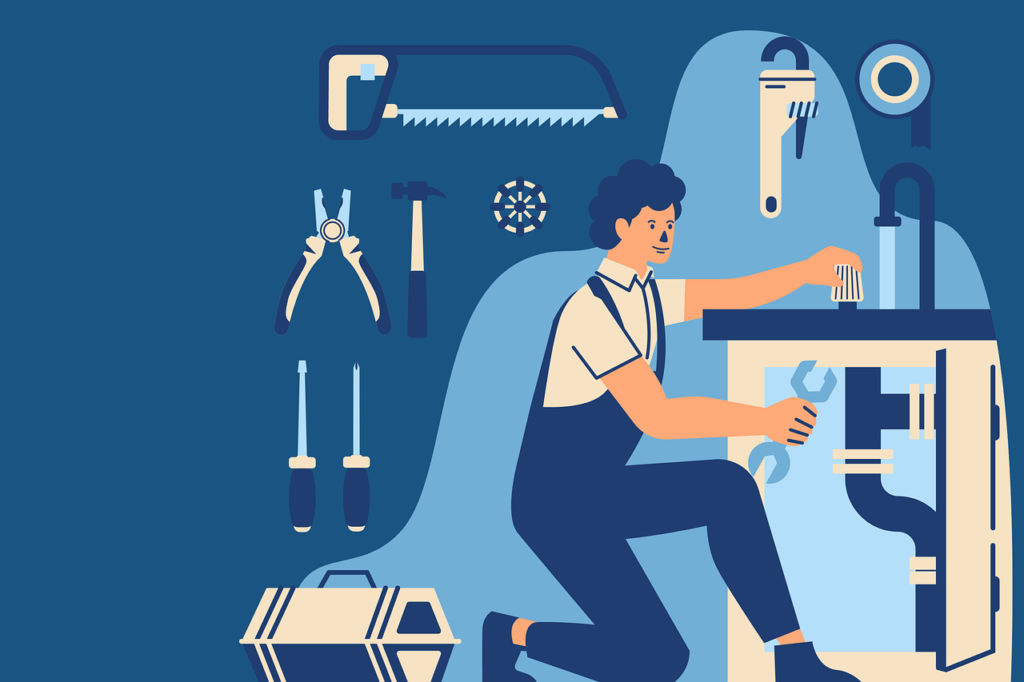
Adopt a Do-It-Yourself Attitude
Adopting a Do-It-Yourself (DIY) attitude is a key habit to living a frugal lifestyle and staying debt-free. By embracing a DIY mindset, you can save a significant amount of money and gain valuable skills along the way.
One of the first areas where you can apply a DIY approach is in your home maintenance and repairs. Instead of immediately calling a professional for every little issue that arises, take the time to research and learn how to fix things yourself. From unclogging drains to repairing minor electrical or plumbing problems, there are countless tutorials and resources available online that can guide you through the process. By doing it yourself, you not only save money on costly service calls but also gain the satisfaction of being self-sufficient.
Another aspect of DIY is in the realm of home improvement projects. Instead of hiring contractors or paying for expensive renovations, consider tackling smaller projects yourself. With a little research and practice, you can learn to paint walls, install new fixtures, or even build furniture. Not only does this save you money, but it also allows you to personalize your space and make it truly your own.
Adopting a DIY attitude extends beyond just home-related tasks. Instead of paying for services such as car washes or pet grooming, consider learning how to do them yourself. By investing in a few basic tools and supplies, you can save money in the long run and develop new skills. Additionally, DIY can extend to personal care and beauty products. Instead of spending a fortune on skincare or haircare products, research natural and homemade alternatives that are often more cost-effective and healthier for your body.

Reduce Energy Consumption
Reducing energy consumption is not only good for the environment, but it can also help you save money on your monthly utility bills. By adopting a few simple habits and making small changes to your daily routine, you can significantly decrease your energy usage and see the difference in your wallet.
One of the easiest ways to reduce energy consumption is by being mindful of your electricity usage. Make it a habit to turn off lights and appliances when they are not in use. This includes unplugging electronics that are not being used, as many devices still consume energy even when they are in standby mode. By making a conscious effort to turn off lights and unplug electronics, you can save a substantial amount of energy and lower your electricity bill.
Another effective way to reduce energy consumption is by adjusting your thermostat. In the winter, lower your thermostat by a few degrees and wear warm clothing or use blankets to keep comfortable. In the summer, raise your thermostat and use fans to circulate cool air. By making these temperature adjustments, you can save energy and see a significant reduction in your heating and cooling costs.
When it comes to your appliances, opt for energy-efficient models. Look for the ENERGY STAR label when purchasing new appliances, as these are designed to use less energy without sacrificing performance. Additionally, consider using appliances during off-peak hours when electricity rates are typically lower. This can help you save money on your utility bills and reduce the strain on the electrical grid.
One area that often goes unnoticed when it comes to energy consumption is lighting. Switching to LED light bulbs can make a big difference in your energy usage. LED bulbs use up to 80% less energy than traditional incandescent bulbs and last much longer. Additionally, make it a habit to turn off lights when you leave a room, and consider using natural light whenever possible to further reduce energy usage.
Finally, reducing energy consumption also means being mindful of your water usage. Turn off the faucet while brushing your teeth, and fix any leaky faucets or pipes promptly. Additionally, consider installing low-flow showerheads and faucets to reduce water usage without sacrificing water pressure.
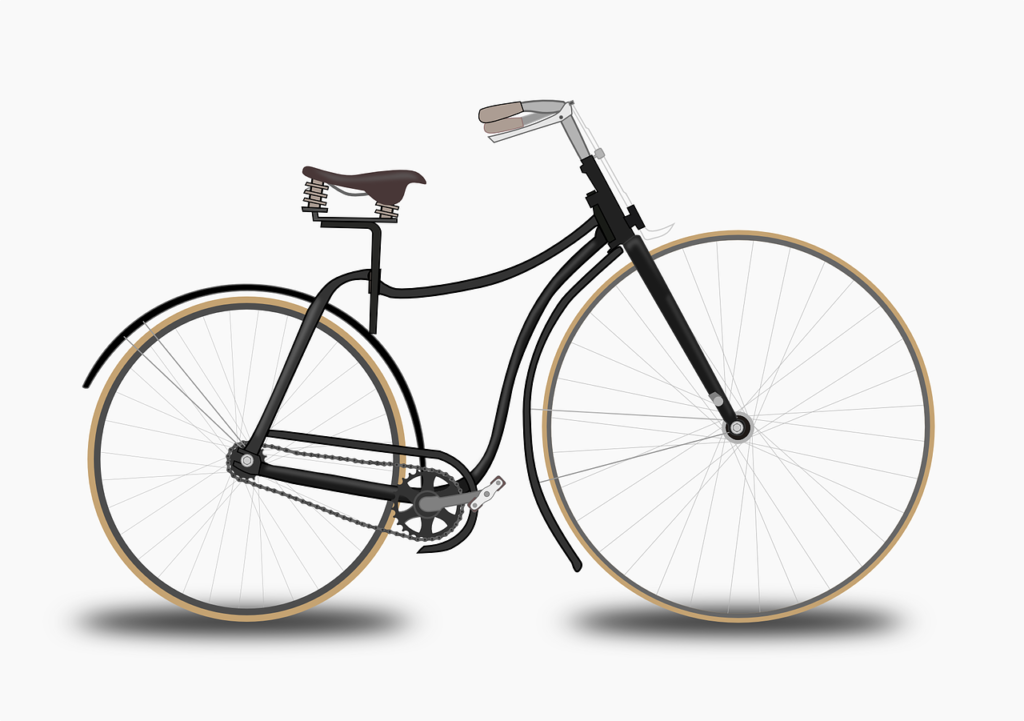
Saving on Transportation Costs
Saving on transportation costs is an essential part of living a frugal lifestyle and staying debt-free. Whether you rely on your car, public transportation, or a combination of both, there are numerous ways to cut down on transportation expenses and save money.
One of the first steps to saving on transportation costs is to evaluate your daily commute. Consider alternatives to driving, such as carpooling or using public transportation. Carpooling with coworkers or friends not only helps you save on gas money but also reduces wear and tear on your vehicle. Public transportation, like buses or trains, can be a more cost-effective option, especially if you live in an area with good public transit infrastructure. Look into monthly or weekly passes, which often offer significant savings compared to individual tickets.
Another way to save on transportation costs is by exploring alternative modes of transportation. Consider biking or walking for short distances instead of driving. Not only is this a cost-free option, but it also provides the added benefits of exercise and reduced carbon footprint. If you live in a bike-friendly city, you may even be able to save on parking fees by using bike-sharing services or investing in your own bicycle.
When it comes to maintaining your vehicle, practicing regular maintenance can help you save on repairs and fuel costs. Keep your tires properly inflated to improve fuel efficiency, and perform regular oil changes and tune-ups to ensure your vehicle is running smoothly. Additionally, be conscious of your driving habits. Avoid aggressive driving and excessive idling, as these can significantly increase fuel consumption.
Another way to save on transportation costs is to explore fuel-efficient options when purchasing a vehicle. Consider hybrid or electric cars that offer better fuel economy and often come with tax incentives. If you prefer a traditional gasoline-powered vehicle, opt for smaller, more fuel-efficient models that can save you money at the pump.
Lastly, take advantage of loyalty programs and discounts offered by gas stations or vehicle service providers. Many gas stations offer rewards programs that allow you to accumulate points and save money on future purchases. Additionally, shop around for the best prices on gas by using apps or websites that track local prices.

Embrace Minimalism
In a world that often values material possessions and consumerism, embracing minimalism can be a breath of fresh air. Minimalism is a lifestyle that encourages you to live with less, focus on what truly matters, and let go of the constant need for more. By adopting a minimalist mindset, you can not only save money but also find contentment and freedom from the never-ending cycle of buying and accumulating stuff.
Embracing minimalism starts with decluttering your space. Take a close look at your belongings and ask yourself if each item truly adds value to your life. If not, it’s time to let it go. Donate, sell, or give away things that you no longer need or use. Not only will this help you clear physical clutter, but it can also bring a sense of mental clarity and calmness.
Once you’ve decluttered, focus on intentional buying. Before making a purchase, ask yourself if the item is truly necessary and if it aligns with your values and priorities. Consider the long-term impact of the purchase and whether it will bring you joy and fulfillment. By being mindful of your spending and making deliberate choices, you can avoid unnecessary purchases and save money in the process.
Embracing minimalism extends beyond just physical possessions. It’s also about simplifying your schedule and commitments. Learn to say no to activities or obligations that don’t align with your priorities or bring you joy. By focusing on what truly matters to you, you can create more time and space for the things and people that bring you genuine happiness and fulfillment.
Living a minimalist lifestyle also means embracing quality over quantity. Invest in well-made, durable items that will last longer and bring you more value in the long run. Instead of constantly buying cheap, disposable products, focus on buying fewer, high-quality items that you truly need and will use for years to come. This shift in mindset not only saves you money but also reduces waste and promotes sustainability.
Embracing minimalism is a journey, and it may take time to fully embrace the lifestyle. Start small, decluttering one area at a time, and gradually incorporate minimalist principles into various aspects of your life. Remember, minimalism is not about depriving yourself of things you love, but rather about finding contentment and joy in the simple pleasures of life.

Develop a Saving and Investing Habit
Developing a saving and investing habit is a crucial part of living a frugal lifestyle and staying debt-free. By making saving and investing a priority, you can secure your financial future and achieve your long-term goals. It may require some discipline and sacrifice in the short term, but the rewards are well worth it.
Start by setting financial goals for yourself. Whether it’s saving for a down payment on a house, building an emergency fund, or planning for retirement, having clear goals will give you something to work towards. Once you have identified your goals, create a plan to achieve them. Determine how much money you need to save each month and set up automatic transfers to a separate savings account. Treat your savings as a monthly bill that must be paid.
In addition to saving, it’s important to develop an investing habit. Investing allows your money to grow and work for you over time. Start by educating yourself about different investment options such as stocks, bonds, and mutual funds. Consider seeking advice from a financial advisor who can help you create a diversified portfolio that aligns with your risk tolerance and financial goals.
One of the easiest ways to start investing is through your employer-sponsored retirement plan, such as a 401(k) or IRA. Contribute as much as you can afford, especially if your employer offers a match. This is essentially free money that can significantly boost your savings and investment returns.
If you have extra money beyond your retirement contributions, consider opening a brokerage account to invest in individual stocks or other investment vehicles. Diversify your investments to spread risk and take advantage of different market opportunities.
Developing a saving and investing habit requires consistency and discipline. Make it a priority to save and invest a portion of your income every month, even if it’s a small amount to start with. Over time, as your income grows and expenses decrease, you can increase your savings and investment contributions.
Click here if you would like to learn more about personal finance.


Pingback: 7 Proven Ways to Get Out of Debt on a Low Income – Esvea Accounting bookkeeping